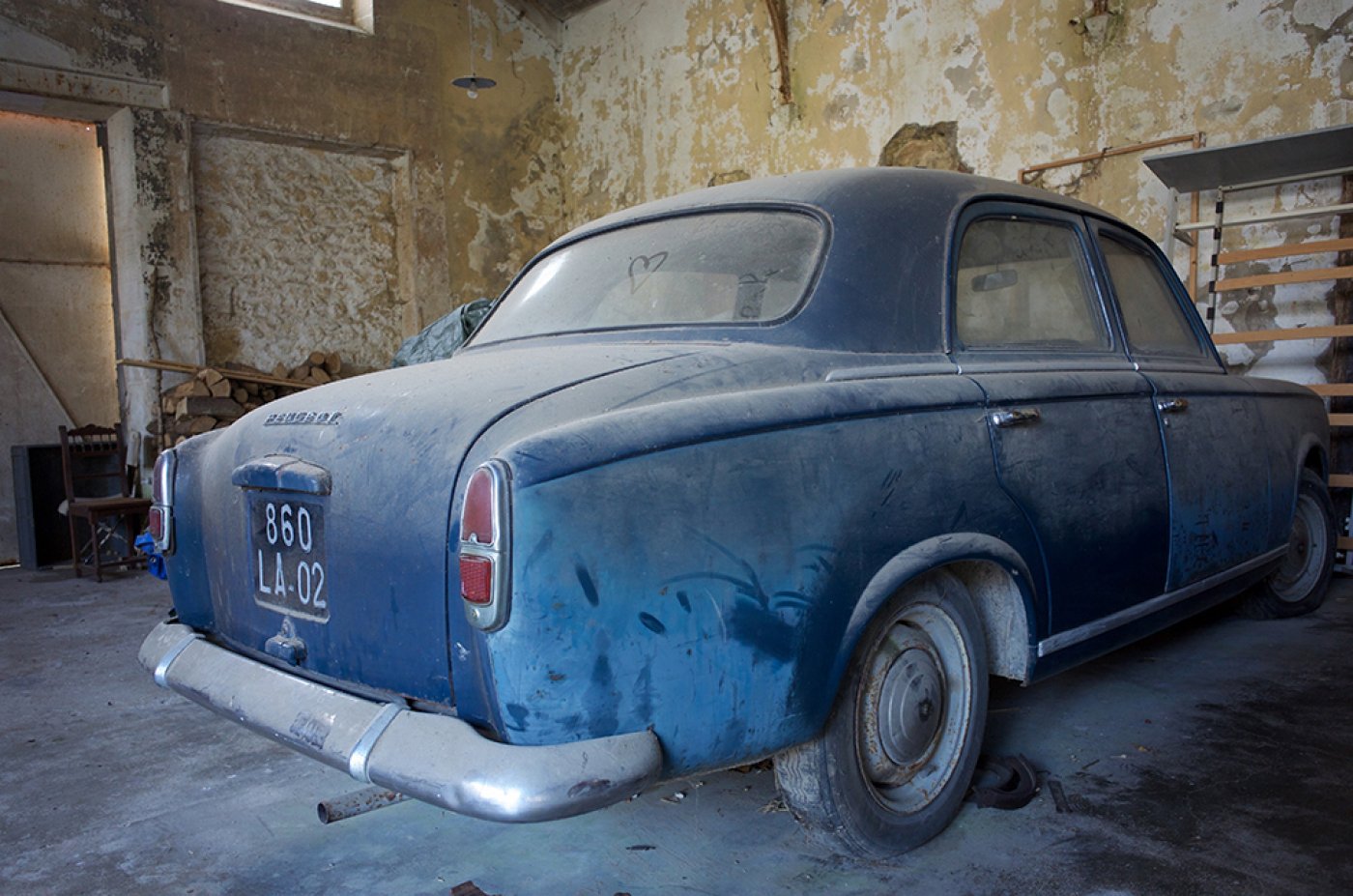1. CAVES-1 : TERESA IN THE CAVE

CAVES-1
This particpatory durational performance takes place in dust or fabric-covered cars. It took its starting point from a story told to me in Beirut about teenagers escaping from watchful eyes into covered cars, to make-out, get high and lose time.
Teresa in the Cave features a soundtrack, an installation, a recipe, embroidery, and a car.
The soundtrack of Teresa in the Cave was presented at Kunsthal Ghent in 2019 in a broadcast around Radio Triton, a collective research project initiated by Pierre Rubio and produced by a.pass.
Invited by OFFoff, there will be a broadcast of a selection of pieces from the Radio Triton project. The edited audio pieces present different relations to sciencefiction cinema, storytelling, speculation, and politics of imagination, fictional or otherwise.
Featuring Sina Seifee: An Animal Escape Case, Edward George: The Last Angel of History, and Deborah Birch: Teresa in the Cave. Program: Sven Dehens
CAVES-1 explores the underground as a place of escape from the thermodynamics of everyday life. Before CAVES-2 and CAVES-3, where going in and out of the world becomes a specific practice that must decide how to perform a shuttling between the existential and the political order – CAVES-1 experiments with escapes and their translations.
It wants to find teenagers making out and getting high under every car covers. To perceive the energy under every covered surface, to see caves everywhere.
It ascends by descending, and by sidewinding. It is transcendence into the mineral (the taste of salt on the skin, the ecstasy and horror of tears, the slick of sweat on the dancing body), into eros, into communion.
It is the triangulation of language and desire that ’embodies a reach for the unknown’, towards ‘something not yet grasped’. It makes us realise our edges. It is thus a series of insides and a series of outsides.
Not just the gesture of escaping into and escaping from, but also the chthonic daylight we seek in there – a ‘revelation of the unexpected, the unhoped-for’ – and what remains of that interior light when we reemerge into the bright day. What we do with it.
Radio Triton:
Sina Seifee
In his lecture An Animal Escape Case, Sina Seifee unpacks the destiny of a social media video file which created a social buzz in Teheran. He performs as the narrator of a kind of film in which he is both the witness and the main actor. The edited audio piece tries to bring back his (intense) presence and incarnated storytelling, as well as the many references and borrowings to popular culture both from Iran and the West. The piece puts the video back in motion critically, rebroadcasting it in a way.
The essay/performance investigates the fragile intersections of friendship between digital avatars and trans-animals in the social media in Tehran’s landscape. Through personal animal-findings and fairy-tale associations the An Animal Escape Case interprets the epistemological openings and closings in cross-species sociality, exemplified by the everyday use of mobile phones where images of pets circulate and different species meet in mediated formats. By analyzing everything that anthropomorphism can perform and contain, and seen through the animality in the situated conditions of contemporary domestic life, the essay/performance addresses the relationships between people, animals and their surroundings in a socio-technological milieu as complex as Tehran’s urban environment. (Sina Seifee)
Sina Seifee is an artist-researcher-storyteller working on poetics of animal description (ecological cosmologies of nonhumans-with-history). Born in Tehran (1982), he studied Applied Mathematics in Beheshti University and Visual Arts in Charsoo Institute of Art in Tehran. After moving to Germany in 2011, he graduated in Cologne with master diploma in Media Arts from Kunsthochschule für Medien Köln (2014) and received his postmaster in Advanced Performance and Scenography Studies from a.pass in Brussels (2017).
His work, realized in different forms of lecture-performances, reading group, workshops, image making, video and writing- is centered around the questions of technology, storytelling, globalism and intercultural mythologies in the heterogeneous knowledge-worlds of art and sciences, with attention to the premodern era.
Edward George
Dr. Edward George, a founding member of Black Audio Film Collective, writer, researcher, and narrator of the seminal fiction-documentary film The Last Angel of History. In a rare live communication he shares the research processes and thinking that supported the creation of the film. The audio piece revisits George revisiting his work of revisiting the lineage of Afrofuturism.
The Last Angel of History is one of the most influential video-essays of the 1990s influencing filmmakers and inspiring conferences, novels and exhibitions. Black Audio Film Collective’s exploration of the chromatic possibilities of digital video is embedded within a mythology of the future that creates connections between black (un)popular culture, outer space and the limits of the human condition. The influential Black Audio Film Collective crafted this experimental blend of sci-fi parable and essay film, which also serves as an essential primer on the aesthetics and dynamics of contemporary Afrofuturism. Interviews with esteemed musicians, writers, and cultural critics are interwoven with the fictional story of the “data thief,” who must travel through time and space in search of the code that holds the key to his future.
Dr. Edward George is a founding member of Black Audio Film Collective (1982-1998), the multimedia duo Flow Motion (1996-present), and the electronic music group Hallucinator (1998-present). He lives in London.
The Last Angel of History, 1996 © Black Audio Film Collective